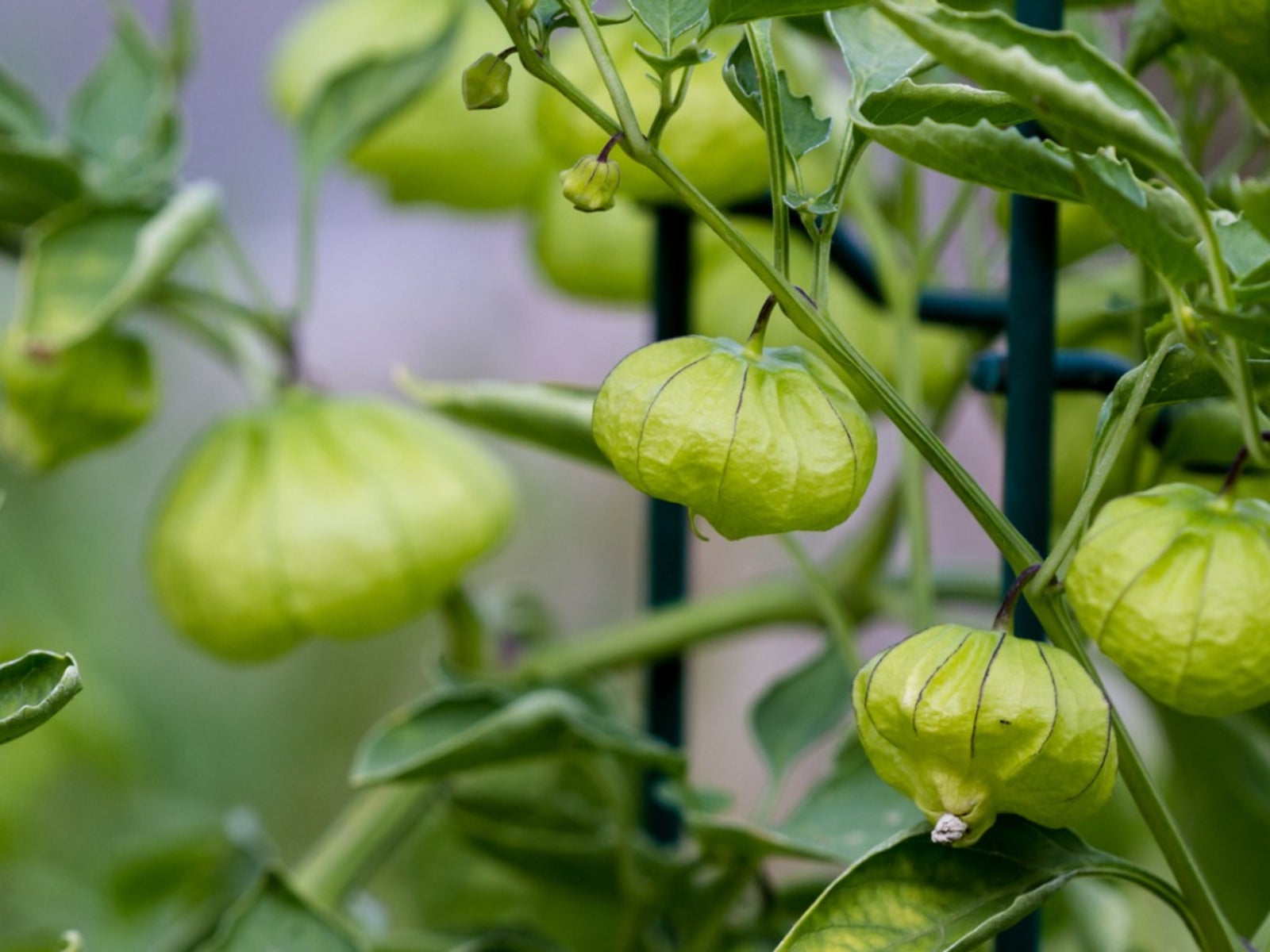Growing Tomatillo Plants In Your Garden


If you've ever seen one, you probably wonder, "What is a tomatillo?" Tomatillo plants (Physalis philadelphica) are native to Mexico. They are quite common in the western hemisphere of the United States, and will most assuredly be found growing in Texas and New Mexico.
Growing Tomatillos
When you plant your tomatillos, make sure the area you choose in your garden gets full sunshine and is well-drained. They don't like soaking wet ground because they are native to a hotter climate. You also want the soil to be as close to a pH of 7.0 as possible.
You can buy your plants from a garden center in your area. If you can't find them, start seeds indoors about six to eight weeks before the last frost is expected. Of course, if you live in a warmer climate, you can start your tomatillo plants directly in the ground after all chance of frost has gone by.
Be aware that tomatillos are not self-fertilizing. This means that you need at least two tomatillo plants in order to get fruit. Otherwise, you'll have empty tomatillo husks.
You can harden your tomatillo plants when the weather reaches 50 degrees F. (10 C.) and consistently stays that way at night. By hardening, you should set them outdoors a little at a time so they get used to the outdoors.
The tomatillo grows well in tomato cages or on its own. If you put your tomatillo plants in cages, set the plants 2 feet (61 cm.) apart, or if you want to let them sprawl, set them 3 feet (1 m.) apart.
If water is scarce, you can give them a drink. The plants do well without a lot of water, but do not like drought conditions. Adding some organic mulch can be a great way to help retain moisture and keep out weeds for your growing tomatillos.
Sign up for the Gardening Know How newsletter today and receive a free copy of our e-book "How to Grow Delicious Tomatoes".
When to Harvest Tomatillos
Harvesting the growing tomatillos is easy enough. Just wait for the fruit to get firm and the husk to get dry, papery, and straw colored. Once this happens, your tomatillos are ready to pick.
Tomatillos store well in the refrigerator for up to two weeks, and even longer if you put them in a plastic storage bag.

Kathee Mierzejewski was with Gardening Know How in the very beginning, writing many of the site's foundational articles.